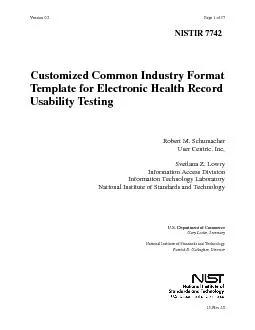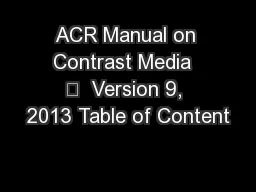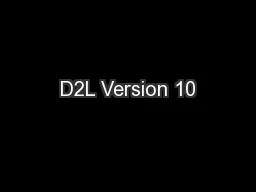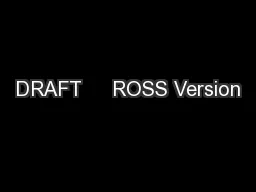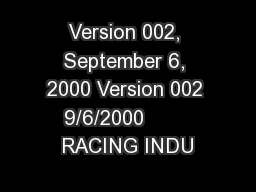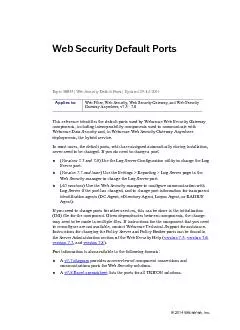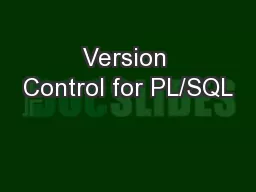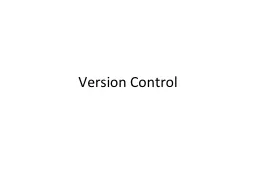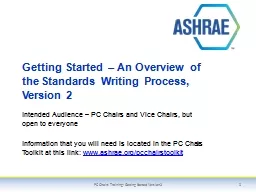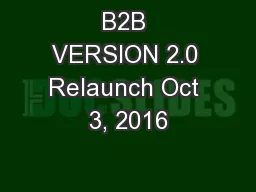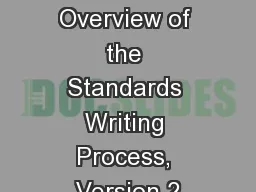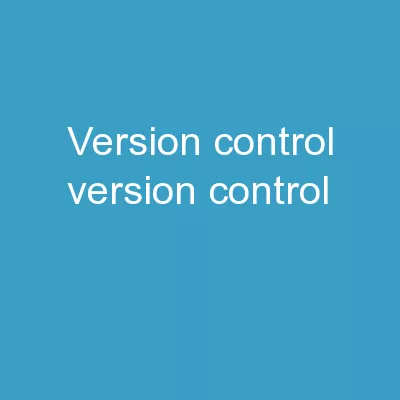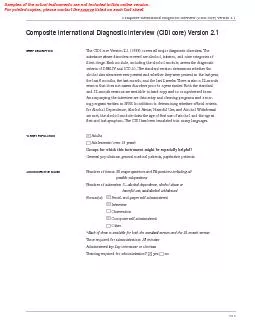PDF-Version 0.Page of �� 15-NovCustomized Common Industry Format Template
Author : phoebe-click | Published Date : 2015-11-30
NISTIR 7742 Version 0Page of 15NovNISTIR 7742Customized Common Industry Format Template for Electronic Health Record Usability Testing Robert M SchumacherUser Centric
Presentation Embed Code
Download Presentation
Download Presentation The PPT/PDF document "Version 0.Page of �� 15-NovCustomized C..." is the property of its rightful owner. Permission is granted to download and print the materials on this website for personal, non-commercial use only, and to display it on your personal computer provided you do not modify the materials and that you retain all copyright notices contained in the materials. By downloading content from our website, you accept the terms of this agreement.
Version 0.Page of �� 15-NovCustomized Common Industry Format Template: Transcript
Download Rules Of Document
"Version 0.Page of �� 15-NovCustomized Common Industry Format Template"The content belongs to its owner. You may download and print it for personal use, without modification, and keep all copyright notices. By downloading, you agree to these terms.
Related Documents

